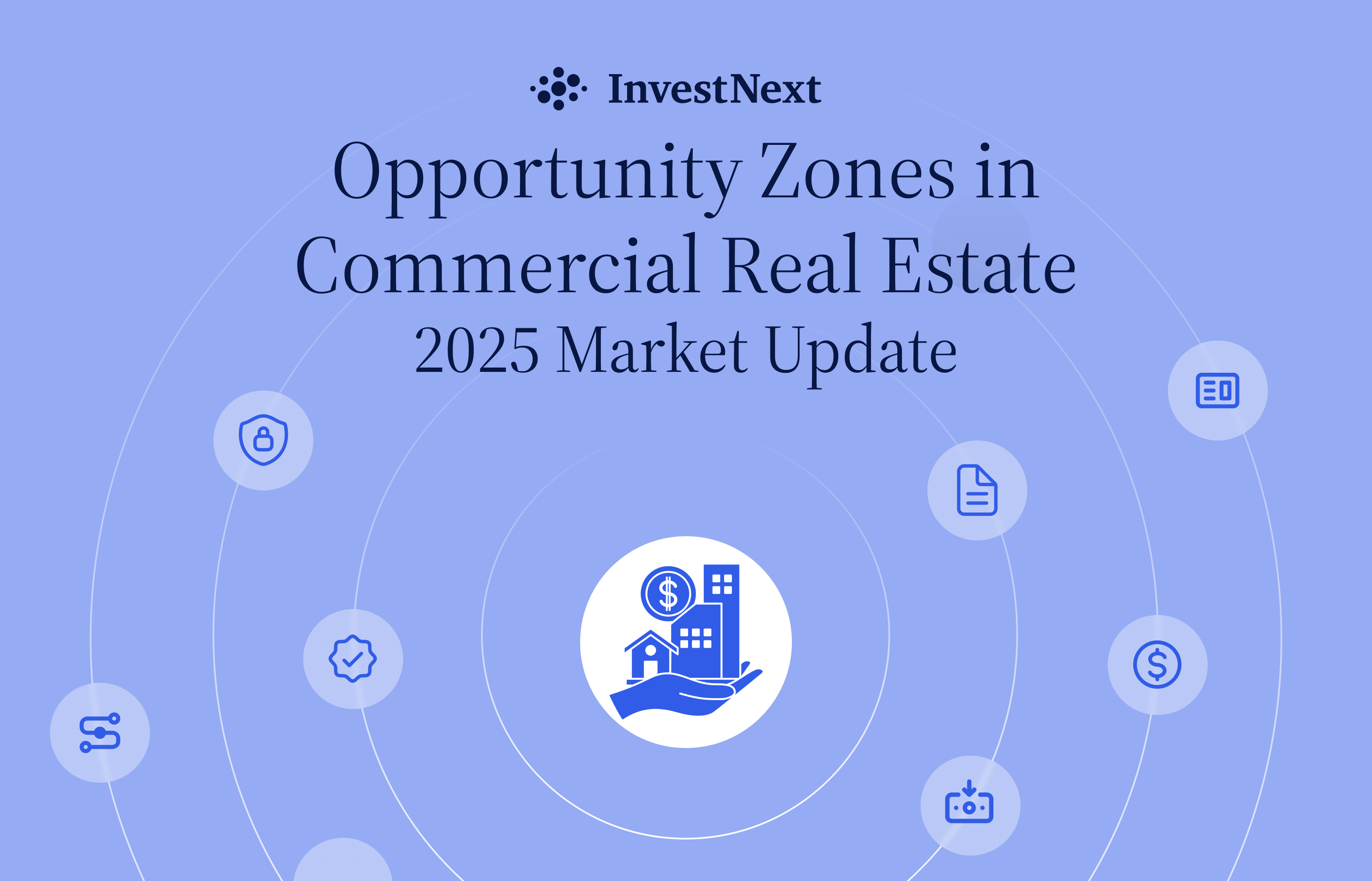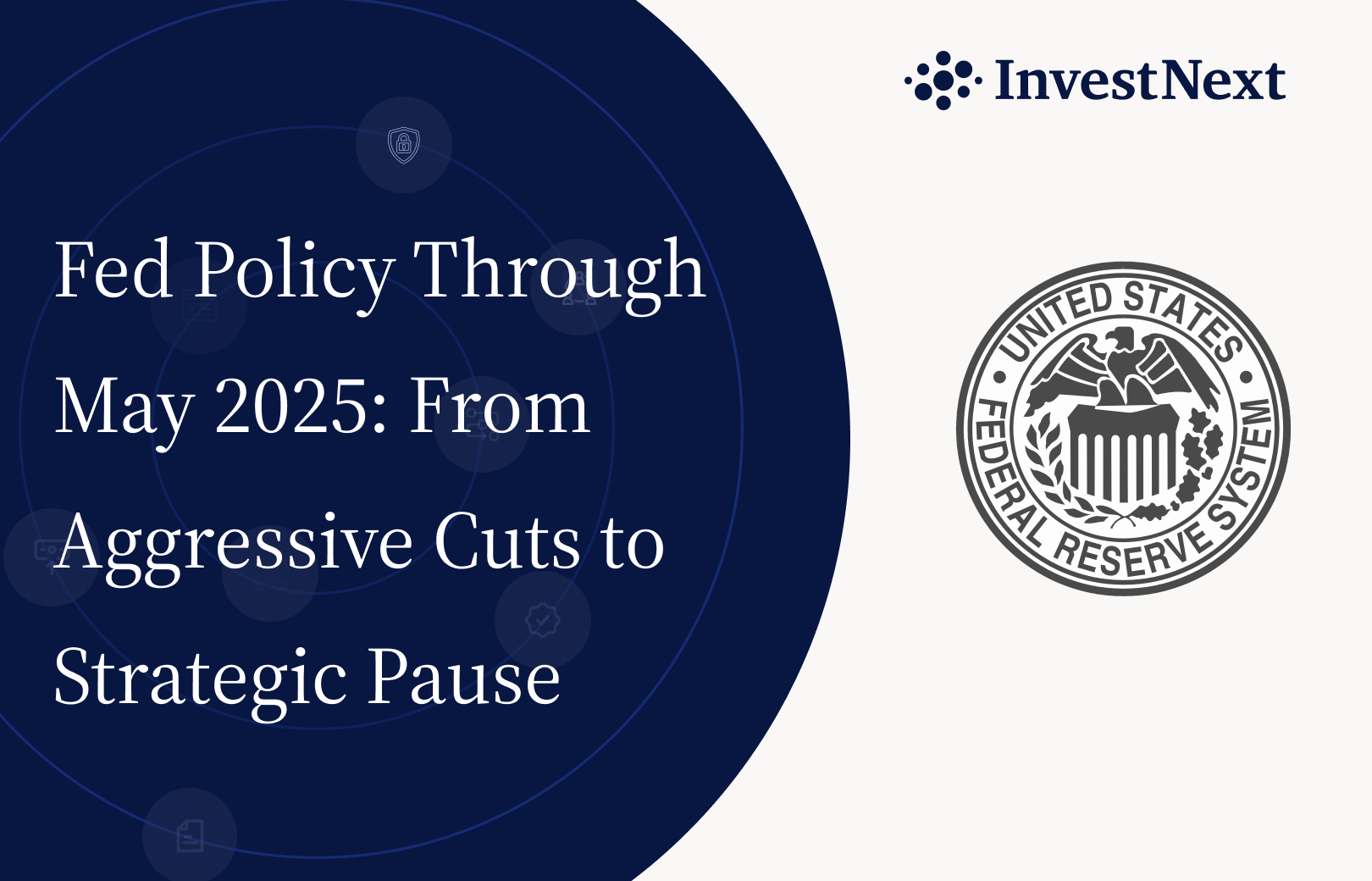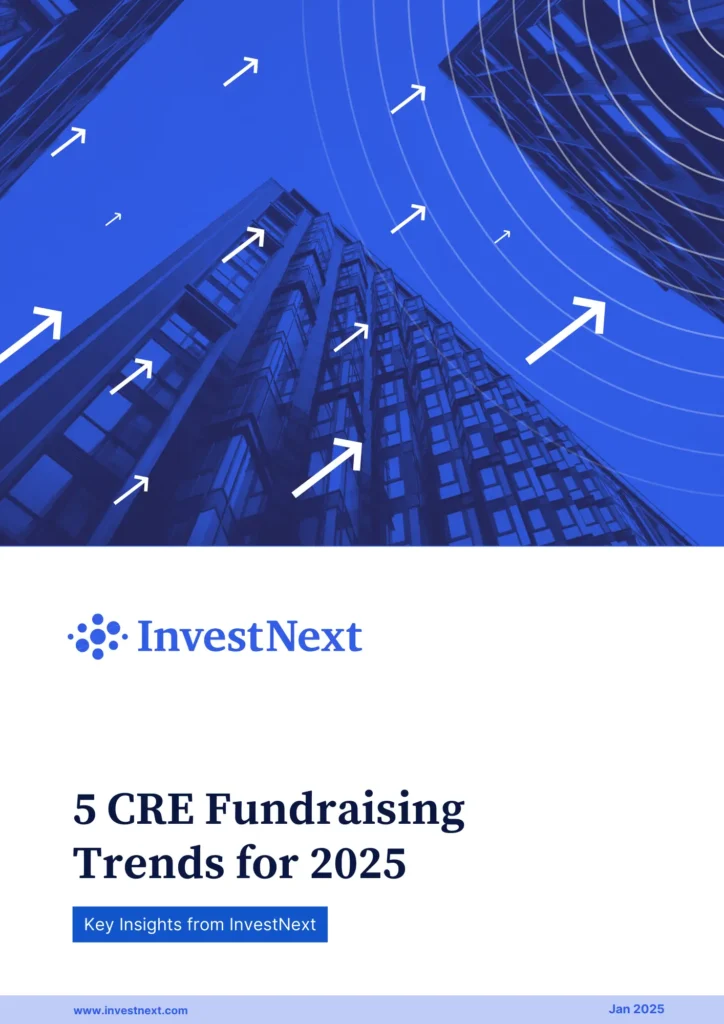Opportunity Zones remain one of the most valuable tax incentives in real estate as we move through 2025. With the program’s original 2026 deadline approaching, new developments from Washington suggest potential extensions that could reshape this investment vehicle’s future.
The higher interest rates of 2025 and shifting market conditions make now an excellent time to understand where Opportunity Zones stand today and where they’re headed tomorrow.
What Are Opportunity Zones in 2025?
Opportunity Zones are designated economically distressed communities where investments qualify for preferential tax treatment. Created by the Tax Cuts and Jobs Act of 2017, these zones aim to drive economic growth in low-income areas through tax benefits.
Currently, there are over 8,700 designated zones throughout the US and its territories. These zones operate through Qualified Opportunity Funds (QOFs) – specialized investment vehicles that deploy capital into Opportunity Zone projects. By putting capital gains into these funds, investors access tax benefits ranging from deferral to complete elimination of certain gains.
Key Deadlines You Need to Know
Several critical timelines matter for 2025 Opportunity Zone investors:
December 31, 2026
The big one. All deferred capital gains taxes from Opportunity Zone investments come due on this date. This means 2025 investments only defer taxes for about a year, unless Congress extends this deadline.
180 Days to Invest
After selling an asset with capital gains, you have 180 days to invest those gains into a QOF to qualify for Opportunity Zone benefits.
30-Month Improvement Window
When a QOF buys existing property in an Opportunity Zone, it must make improvements equal to or exceeding the property’s original cost within 30 months. Buy a building for $1 million? You’ll need to put another $1 million+ into improvements.
10-Year Hold for Maximum Benefit
The biggest Opportunity Zone advantage – complete elimination of capital gains tax on the Opportunity Zone investment’s growth – kicks in after holding for at least 10 years.
Tax Benefits Still on the Table in 2025
Despite approaching the program’s originally scheduled end, key tax benefits remain available:
Tax Deferral Until 2026
Put your capital gains into a QOF now, and you can defer paying taxes until December 31, 2026. While this is a shorter deferral than early investors got, it still keeps more of your money working for you instead of going to the IRS.
Tax-Free Growth After 10 Years
This remains the crown jewel of the program. Any appreciation on your Opportunity Zone investment held for 10+ years becomes completely tax-free. Invest in 2025, hold until 2035, and all that growth escapes capital gains tax entirely.
What’s No Longer Available
The original program offered basis step-ups: 10% for investments held 5+ years and 15% for those held 7+ years. New investments can’t reach these holding periods before the 2026 deadline, so these benefits are off the table unless Congress extends the program.
Where to Put Opportunity Zone Money in 2025
Several property types make strategic sense for Opportunity Zone investment this year:
Multifamily Projects
Housing shortages persist in many markets, making multifamily development a natural fit for Opportunity Zone investment. Well-located housing in Opportunity Zones can deliver strong returns while addressing critical community needs.
Mixed-Use Developments
Projects that combine housing with commercial and retail space align perfectly with the economic revitalization goals of the Opportunity Zone program while spreading investment risk across multiple sectors.
Industrial Properties
E-commerce continues driving demand for warehousing and distribution centers. Opportunity Zone locations near transportation routes can be particularly valuable in this sector.
Opportunity Zone vs. 1031 Exchange
Both strategies defer taxes, but they work differently:
- Opportunity Zone investments only require reinvesting the gain, not the entire proceeds
- Opportunity Zone investments can come from any asset (stocks, business sales), not just real estate
- Opportunity Zone offers tax elimination on new gains after 10 years
- 1031 exchanges can defer taxes indefinitely through successive exchanges
- 1031 requires reinvestment in similar property types
What’s Coming: Opportunity Zone 2.0 and Program Extensions
The new administration and Congress are actively discussing enhancements to the Opportunity Zone program, often called “Opportunity Zone 2.0” or “Opportunity Zone 1.5.”
The Novogradac Opportunity Zones Working Group has outlined several recommendations being considered for tax legislation expected early in 2025:
Short-term Changes:
- Extending the investment deadline beyond 2026
- Enhancing transparency through better reporting
- Opening the door to fund-of-funds investing
- Boosting investment in rural communities
Longer-term Reforms:
- Making Opportunity Zones permanent with regular zone updates
- Creating rolling deferral periods instead of a fixed end date
- Tightening zone eligibility requirements
- Allowing investments beyond just capital gains
These changes could significantly expand the program’s impact. According to Novogradac, “It is widely expected that major tax legislation will be introduced during the early months of 2025, and this legislation will likely include language to extend, modernize, expand and/or renew the Opportunity Zone incentive.”
Is 2025 Too Late for Opportunity Zone Investment?
For anyone wondering if the Opportunity Zone train has left the station, the answer depends largely on your investment timeline.
WealthGen Advisors notes: “Opportunity Zones in 2025 represent a pretty compelling intersection of tax strategy and impact investing.” The key benefits remain available, though with some limitations.
Benefits of Starting Now:
- The tax-free appreciation benefit (the biggest one) is fully intact
- Many Opportunity Zone areas have matured, reducing some early program risks
- Regulations are settled and fund managers have experience
- Program extensions could significantly enhance benefits for investments made today
Limitations:
- Shorter tax deferral period compared to earlier investments
- Expired basis step-up benefits
- Need for a long-term horizon to maximize returns
Getting Started with Opportunity Zone Investing
Ready to move forward with Opportunity Zone investing? Here’s what you’ll need:
1. Find Qualified Zones
Use the resources at the IRS or CDFI Fund to identify qualified census tracts and determine if specific properties qualify as Opportunity Zones.
2. Meet QOF Requirements
QOFs must keep at least 90% of assets in qualified Opportunity Zone property. You can create your own QOF or invest in an established one.
3. Choose an Investment Structure
Options include:
- Single-property funds focused on one development
- Multi-asset funds spreading risk across several Opportunity Zone properties
- Equity investments in OZ-based businesses
4. Establish Proper Fund Administration
Good fund administration matters for compliance. Modern platforms help track investors, document compliance, and handle the detailed reporting Opportunity Zone investments demand.
5. Set Up Efficient Capital Raising
Opportunity Zone projects need substantial funding. A streamlined capital raising process with professional deal rooms and secure funding mechanisms gets dollars moving faster.
6. Create a Strong Investor Portal
Long-term investments need ongoing communication. A branded investor portal keeps everyone informed about project progress and simplifies document distribution.
7. Plan for Capital Deployment
Most Opportunity Zone projects develop in phases. Implementing capital calls ensures timely funding throughout the project while keeping investors in the loop.
Opportunity Zones: Bottom Line
Opportunity Zones remain a powerful tax tool for real estate investors in 2025. Though we’re approaching the program’s original end date, the most valuable benefit—tax-free appreciation after 10 years—remains fully available.
With potential program extensions on the horizon, 2025 might actually be a smart time to enter the Opportunity Zone market. Focus on long-term value creation, solid administration practices, and clear investor communication to maximize both returns and community impact.
The unique combination of tax advantages and social impact makes Opportunity Zones worth serious consideration, even as we approach the originally scheduled conclusion date.
Frequently Asked Questions
Are Opportunity Zones still active in 2025?
Yes, the program remains fully active in 2025. The biggest benefit—tax-free appreciation after 10 years—remains intact for new investments. However, the program’s tax deferral benefit is scheduled to end December 31, 2026, unless Congress extends it.
What happens when Opportunity Zones hit the 2026 deadline?
On December 31, 2026, all deferred taxes from Opportunity Zone investments come due. But investments held for at least 10 years will still qualify for tax-free appreciation, regardless of when the program officially ends.
What’s the Opportunity Zone 30-month rule?
QOFs must substantially improve properties purchased in Opportunity Zones within 30 months. “Substantial improvement” means investing at least as much in upgrades as you paid for the property. A $1 million purchase requires $1 million+ in improvements within 30 months.
How do I verify a property is in an OZ?
Use the CDFI Fund’s NMTC Public Viewer (cimsprodprep.cdfifund.gov) to check whether a property falls within a qualified OZ. Many state economic development websites also offer Opportunity Zone maps and verification tools.
What are the plans for Opportunity Zones under the new administration?
The administration is expected to support extending and enhancing the Opportunity Zone program. Proposals include pushing the deadline beyond 2026, improving transparency, allowing fund-of-funds investing, and potentially making the program permanent.
What does Opportunity Zone 2.0 mean?
Opportunity Zone 2.0 refers to proposed legislation that would extend and improve the current program. Key elements include extending deadlines, creating ongoing deferral periods, allowing non-capital gain investments, and adding measures to ensure communities benefit more directly.
Can I still get tax benefits from Opportunity Zone investments made now?
Absolutely. While the deferral period is shorter (until December 31, 2026), investments held for 10+ years still qualify for the program’s most valuable benefit: complete elimination of capital gains tax on appreciation.









